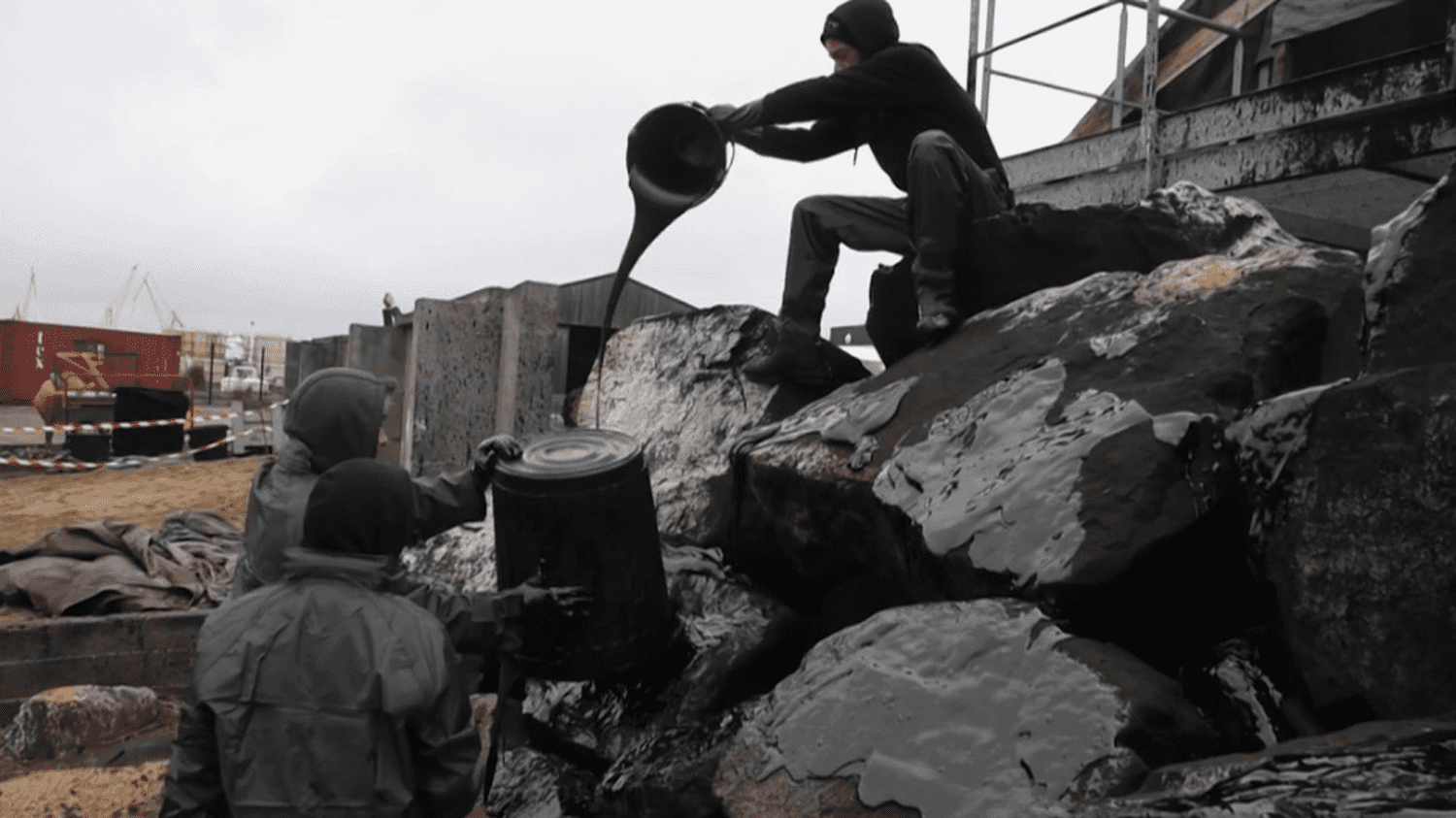Published
Video length: 5 min.
Article written by

On March 16, 1978, the Amoco Cadiz ran aground near the coast of Brittany. Never had the region experienced such an oil spill. For 30 years, until the early 2000s, our coasts were marred by several disasters. How did we manage to overcome, or almost, these dramatic shipwrecks?
The Breton coast in all its beauty. Unspoiled beaches, which have nevertheless all been stained by oil. A look back at the oil spills in Brittany, like the one caused by the Amoco Cadiz, just 45 years ago, the worst that Brittany has ever known. Thousands of tons of crude are pouring onto the Brittany coast, the supertanker ran aground close to land. To ward off the danger, the Ouessant rail, a kind of maritime highway, one of the busiest in the world, has since been pushed back 20 km offshore. Ships are now obliged to pass through it.
New pollution is possible
Several times a week, this French Navy crew carries out surveillance flights 30 meters from the boats. Nothing escapes them. The information collected is transmitted to the Cross. Means are available such as the sapper, a powerful tug on permanent alert, which had been lacking to move the Amoco Cadiz away from the coast. But the sapper is also capable of recovering fuel oil at sea in record time. Means which were however not enough to avoid the sinking of the Erika. In 1999, the old and rusty tanker broke up under the effect of the storm. On the coasts spreads a heavy and viscous fuel oil, very difficult to collect. For 20 years, there has been no major oil spill in France. But between the gigantism of the boats and the abundance of chemicals transported, new and large-scale pollution is always possible.
